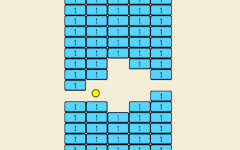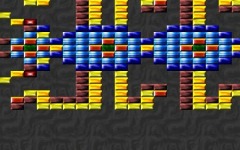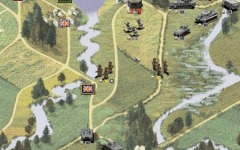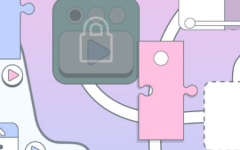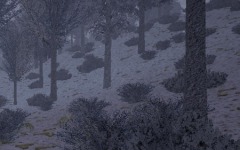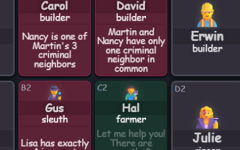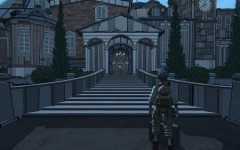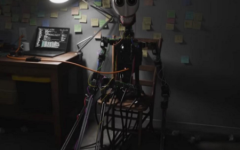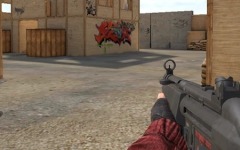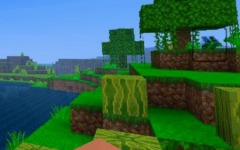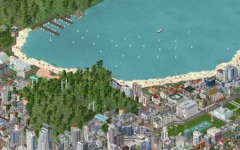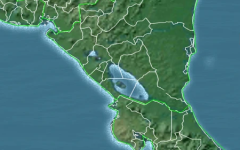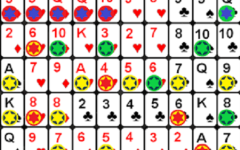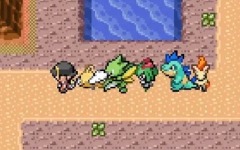Advertisement
Lost Child Demo
Advertisement
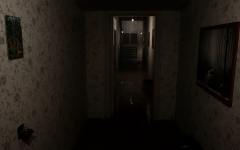
Lost Child Demo opens with Andrey regaining consciousness in a decaying corridor that seems to recognize him. The silence is broken only by the flicker of unstable lights and the soft hum of something unseen. As you walk forward, the world adjusts—walls stretch, paths vanish, and familiar objects appear out of place. The game doesn’t guide you. Instead, it lets you wander through a structure shaped by something more personal than logic: memory distorted by fear.
Echoes That Shouldn’t Be There
As Andrey explores deeper, the corridors begin to act less like a building and more like a reflection. Children’s laughter echoes through closed doors. Faint outlines of people flicker and fade in dim corners. Everything hints at a past the protagonist isn’t ready to face. Notes, static-filled recordings, and framed photos offer pieces of a narrative that feels intentionally buried. Nothing jumps out—but everything watches. The world is quiet, but its presence is heavy, pressing down with every flickering bulb and distant sound.
Built to Be Remembered
With photorealistic lighting and detailed textures powered by Unreal Engine 5.4, the environment becomes a character of its own. Stains on the ceiling, worn wallpaper, broken furniture—they all tell stories that dialogue never does. Lost Child Demo creates tension not through what’s shown, but through what it suggests. It’s not about finding an exit. It’s about uncovering a truth too heavy to carry and too dangerous to leave buried. In just 12 minutes, the game builds a space where remembering is the scariest act of all.





















































































































